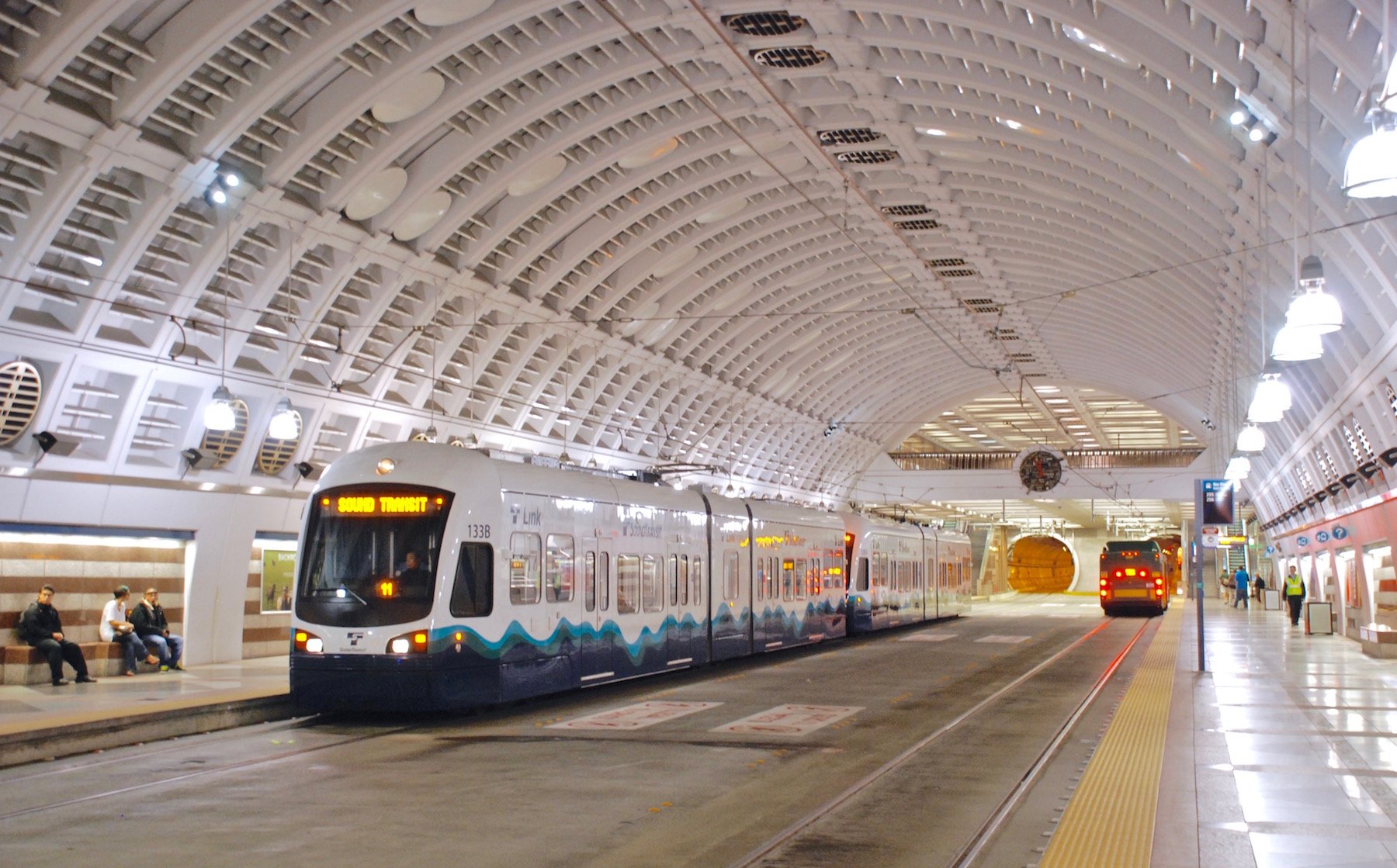Transportation and Health
WPSR works towards a network of safe, frequent, reliable electrified transportation in Washington. We focus our efforts on reducing the impacts of vehicle emissions, air pollution in port-side communities and mode shift to less fossil-fuel driven infrastructure.
News and Updates
-
Expanding rail networks is essential in fighting climate change, offering a more sustainable alternative to car and truck travel. According to the Sierra Club, dedicating resources to create fast, reliable, and accessible rail systems for both freight and passengers is key to lowering emissions. Unlike highways, which promote car dependency and higher emissions, rail systems can significantly cut the carbon footprint of transportation, helping to address the climate emergency in Washington and beyond.
Much of the world has electrified rail systems, and Washington can follow suit, starting with switching yards that use outdated diesel engines and create pollution hotspots. By moving toward electrified rail, Washington can advance a greener, healthier future for communities near these transit hubs.
-
Diesel emissions are a major source of PM 2.5 pollution along Washington’s I-5 corridor, stretching from Everett to Olympia. These emissions, primarily from trucks, harm the respiratory health of communities nearby. Rail transport—requiring only one-third the energy and producing just one-third of the emissions per ton-mile compared to diesel trucks—presents a healthier alternative for freight movement. Transitioning to clean rail systems can reduce air pollution in densely populated areas along transit routes, improving public health outcomes.
-
With 25% of Washington residents lacking driver’s licenses, accessible public transit is crucial for ensuring mobility and reducing emissions. Investments in robust rail systems lower the need for single-occupancy vehicles, cutting emissions and promoting healthier lifestyles by encouraging more walking and reduced air pollution exposure. WPSR advocates for rail improvements that enable equitable access, particularly for those who rely on public transit, creating a healthier and more sustainable transportation network.
-
Electrifying rail is a proven, globally successful approach to reducing transportation emissions. Washington can lead in sustainability by starting with electrification in switching yards, which are often close to communities affected by diesel pollution. Electrified rail reduces health risks associated with diesel engines and cuts the overall environmental impact of transportation. Transitioning to a fully electric rail system would place Washington at the forefront of sustainable transit solutions.
-
Washington’s goal to cut vehicle miles per person by 2050 requires a shift away from highway expansion and toward rail development. Despite ongoing projects to widen I-5, WPSR supports revisiting state infrastructure priorities. For example, investments in rail improvements, like adding a fast rail bridge over the Nisqually River and enhancing Amtrak’s Cascades line, could reduce road congestion and emissions, promoting a shift from cars to trains for intercity travel.
The Facts
🚆 WPSR and partners from the Climate Rail Alliance, League of Women Voters, Sierra Club, and Irthlingz sent a letter to leading Transportation legislators in support of a proviso for Rail Education. Read the letter here.
Our Work
Climate Rail Alliance www.climaterailalliance.org
Solutionary Rail www.solutionaryrail.org
All Aboard WA www.aawa.us
American Lung Association on the Health Benefits of a Zero-emission future




